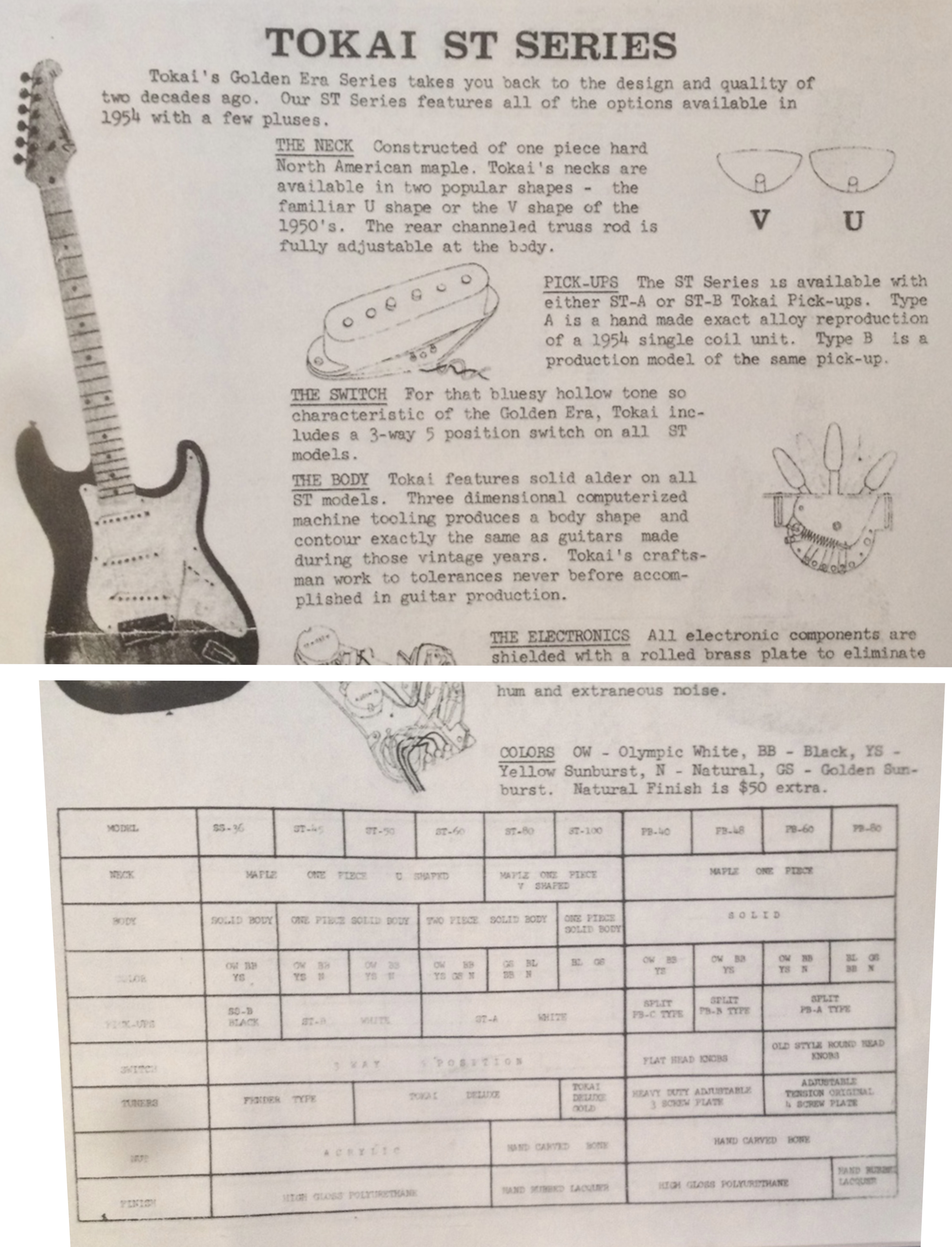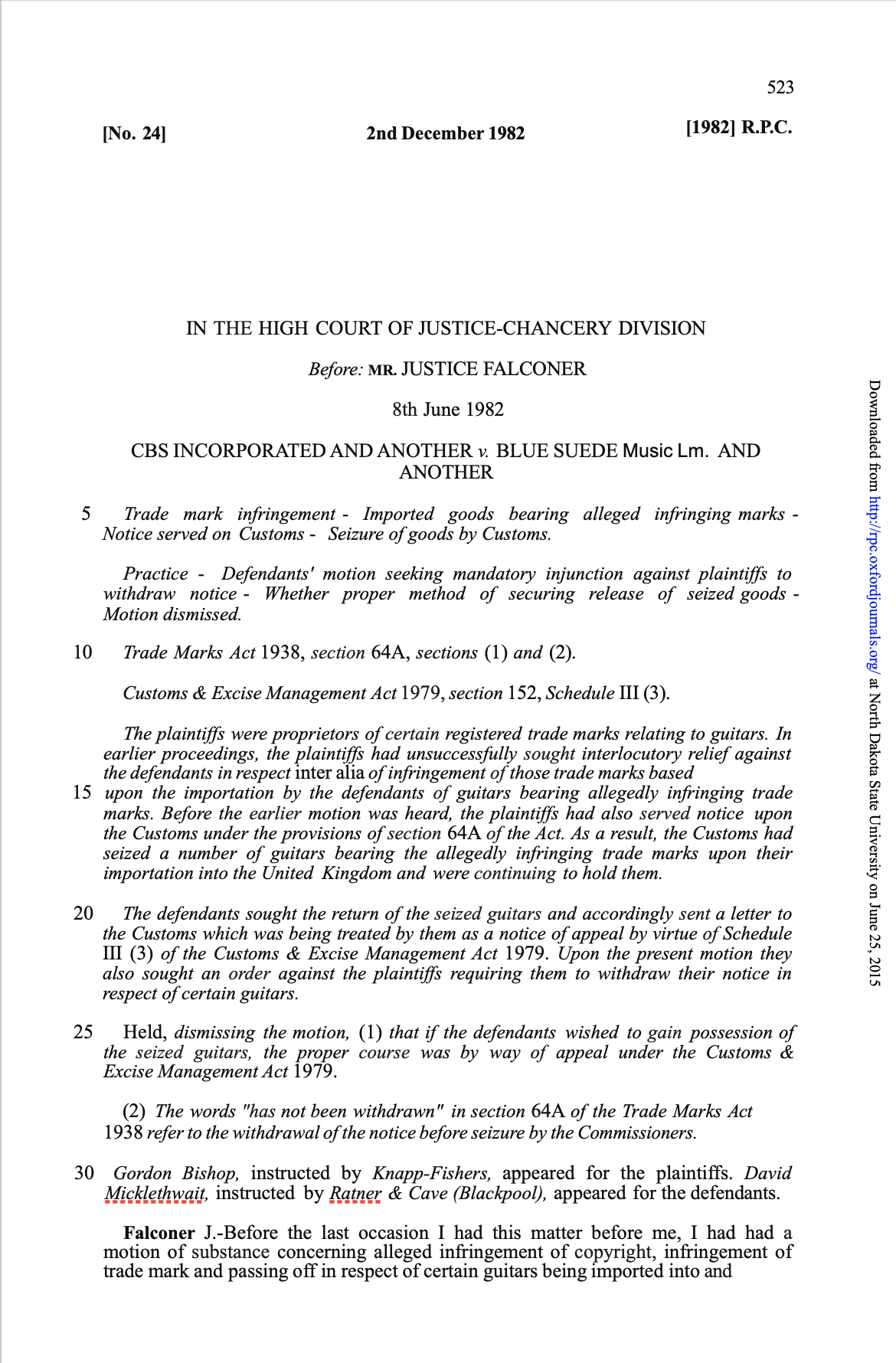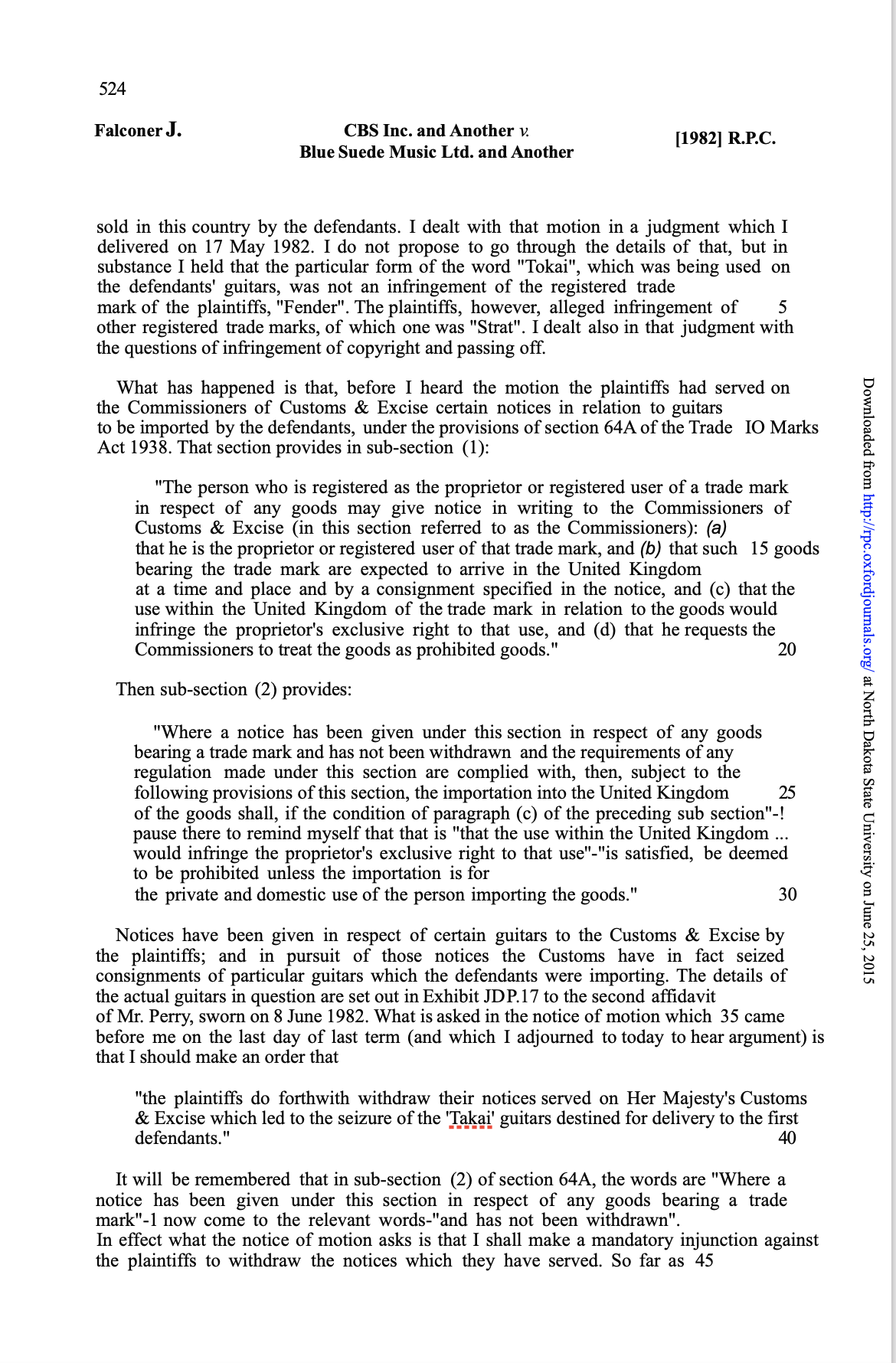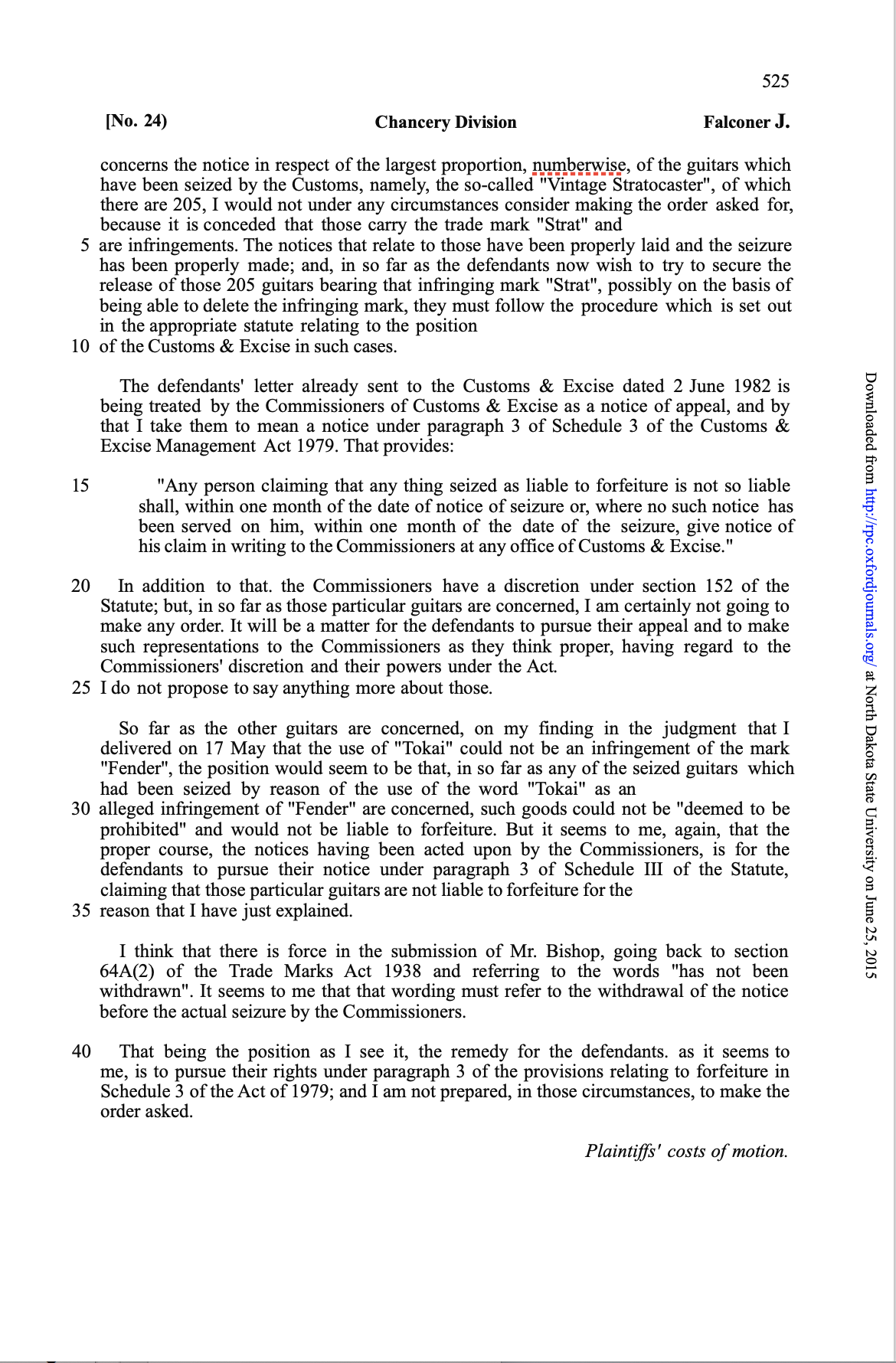I may not have gone back far enough...
Just translated this passage from the 1979 catalog (Vol.2).
"Fully demonstrating craftsmanship, the body material undergoes a strict material selection check, and only those that pass it are processed.
Both the maple arched top and the mahogany back use only a single plate, and you can get a large and sustaining sound even with raw sounds. All the details, such as the round top and the dimensions of the hole for wiring, are exactly the same as the 58 standard. Never miss a hidden spot.
*Computers have been introduced to eliminate variation in these body constructions and to always maintain the highest accuracy.
We have made it possible to create an arched shape on the surface, which is considered to be extremely difficult to process, and we were able to use it in all models."
That would mean they may have had CNC in 1978...
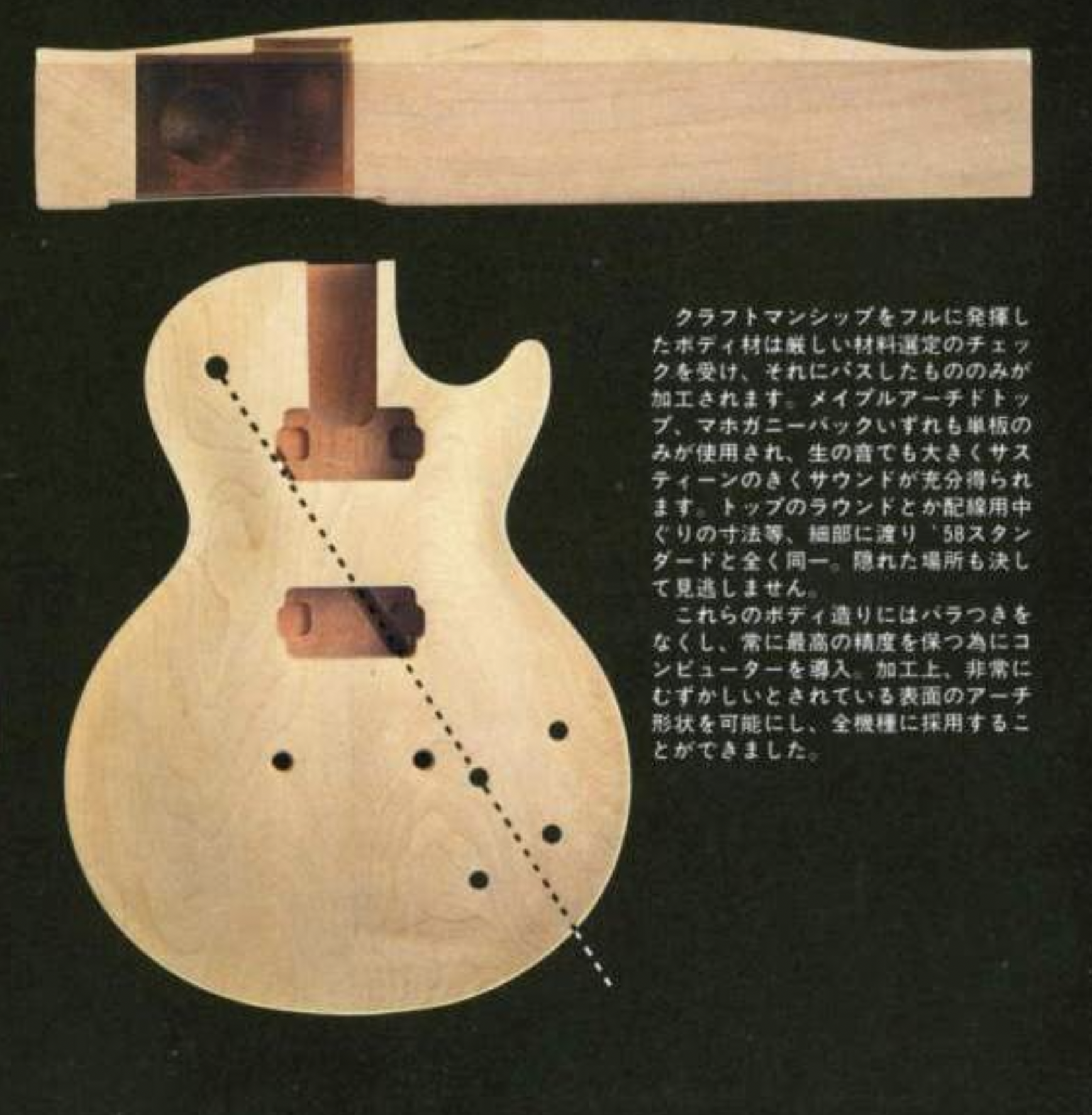
Just translated this passage from the 1979 catalog (Vol.2).
"Fully demonstrating craftsmanship, the body material undergoes a strict material selection check, and only those that pass it are processed.
Both the maple arched top and the mahogany back use only a single plate, and you can get a large and sustaining sound even with raw sounds. All the details, such as the round top and the dimensions of the hole for wiring, are exactly the same as the 58 standard. Never miss a hidden spot.
*Computers have been introduced to eliminate variation in these body constructions and to always maintain the highest accuracy.
We have made it possible to create an arched shape on the surface, which is considered to be extremely difficult to process, and we were able to use it in all models."
That would mean they may have had CNC in 1978...





